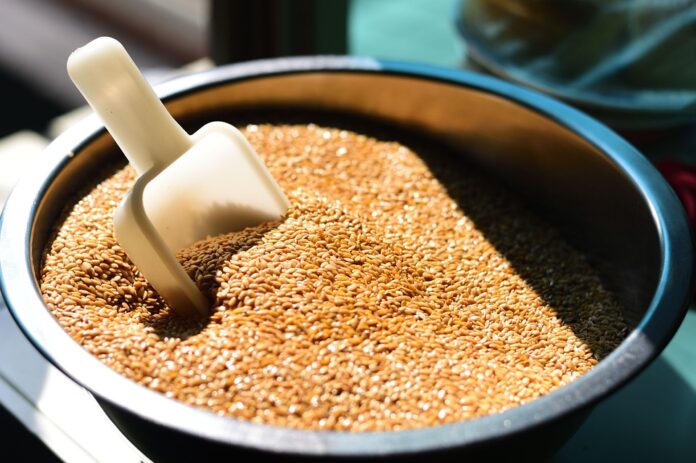Introduction
Flaxseed has been gaining popularity in recent years due to its numerous health benefits, including being a rich source of omega-3 fatty acids, fiber, and antioxidants. However, consumers may have noticed that prices for flaxseed products have been on the rise. In this report, we will explore the reasons behind the inflation of flaxseed prices and what it means for consumers.
Factors Driving Flaxseed Price Inflation
1. Demand Outpacing Supply
One of the primary reasons for the increase in flaxseed prices is the growing demand for flaxseed products. As consumers become more health-conscious and aware of the benefits of flaxseed, the demand for flaxseed oil, whole flaxseeds, and flaxseed meal has been on the rise. This increase in demand has put pressure on suppliers to meet the growing needs of the market, leading to higher prices.
2. Weather Conditions
Weather conditions play a significant role in the production of flaxseed. Flaxseed is primarily grown in regions with a temperate climate, such as Canada, Russia, and Kazakhstan. Any adverse weather conditions, such as droughts, floods, or extreme temperatures, can impact the quality and quantity of the flaxseed harvest. In recent years, erratic weather patterns due to climate change have affected flaxseed production, leading to lower yields and higher prices.
3. Transportation Costs
Another factor contributing to the inflation of flaxseed prices is the increase in transportation costs. Flaxseed is often grown in remote regions far from major transportation hubs, making it expensive to transport flaxseed products to markets around the world. Rising fuel costs, labor shortages, and disruptions in global supply chains have all contributed to higher transportation costs, which are ultimately passed on to consumers in the form of higher prices.
Implications for Consumers
1. Higher Prices for Flaxseed Products
As a result of the factors mentioned above, consumers can expect to see higher prices for flaxseed products, including flaxseed oil, whole flaxseeds, and flaxseed meal. This increase in prices may make it more challenging for some consumers to afford these products, especially those on a tight budget or fixed income.
2. Health and Nutrition
Despite the rising prices, it is essential for consumers to continue incorporating flaxseed into their diet due to its numerous health benefits. Flaxseed is an excellent source of omega-3 fatty acids, which are essential for heart health, as well as fiber and antioxidants. Consumers may need to find ways to budget for flaxseed products or explore alternative sources of omega-3 fatty acids and fiber if prices continue to rise.
3. Alternative Sources of Omega-3 Fatty Acids
If the cost of flaxseed products becomes prohibitive, consumers can consider alternative sources of omega-3 fatty acids, such as fatty fish (salmon, mackerel, sardines), walnuts, chia seeds, and hemp seeds. While flaxseed is an excellent plant-based source of omega-3s, there are other options available that can provide similar health benefits at a lower cost.
Conclusion
In conclusion, the inflation of flaxseed prices is a complex issue driven by factors such as increasing demand, weather conditions, and transportation costs. While consumers may feel the impact of higher prices for flaxseed products, it is essential to prioritize health and nutrition by finding ways to incorporate omega-3 fatty acids and fiber into their diet. By staying informed and exploring alternative sources of nutrients, consumers can continue to prioritize their health and well-being despite the challenges posed by rising flaxseed prices.




